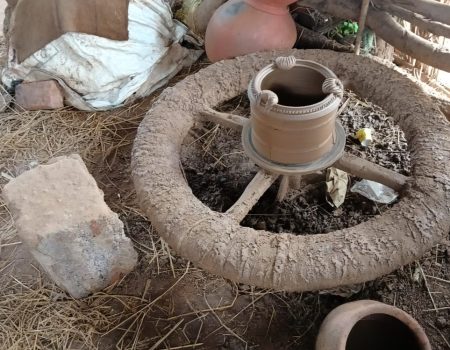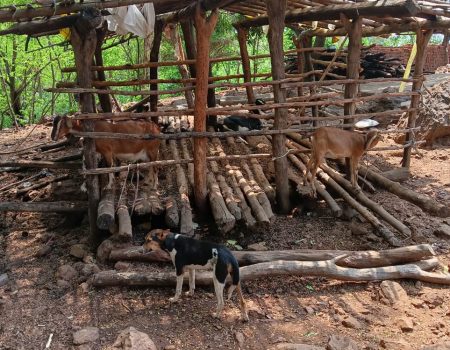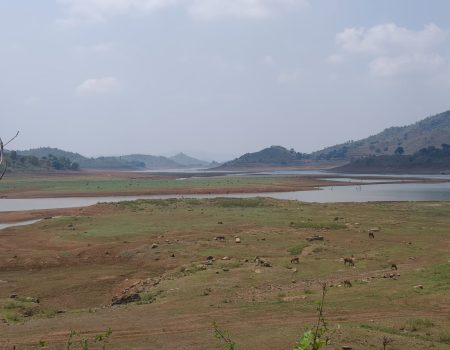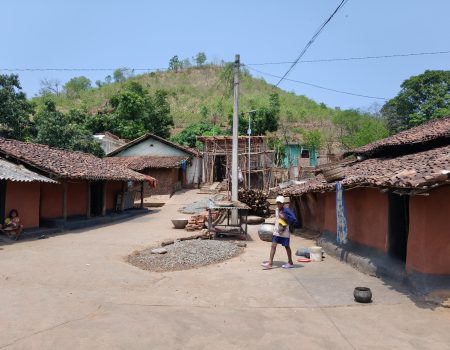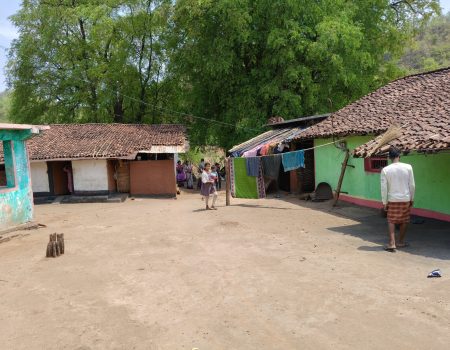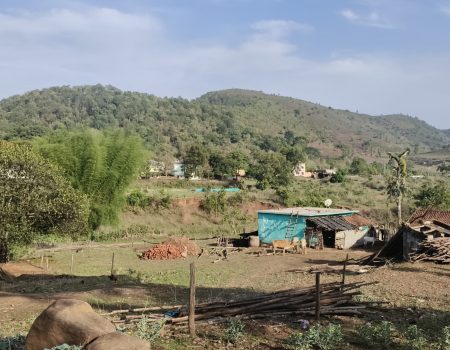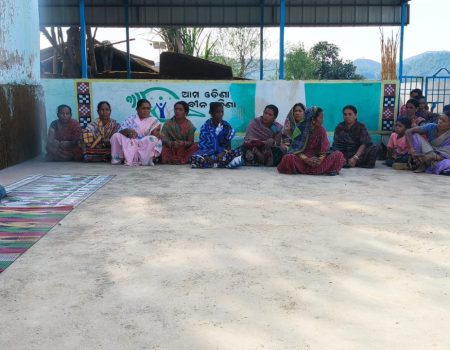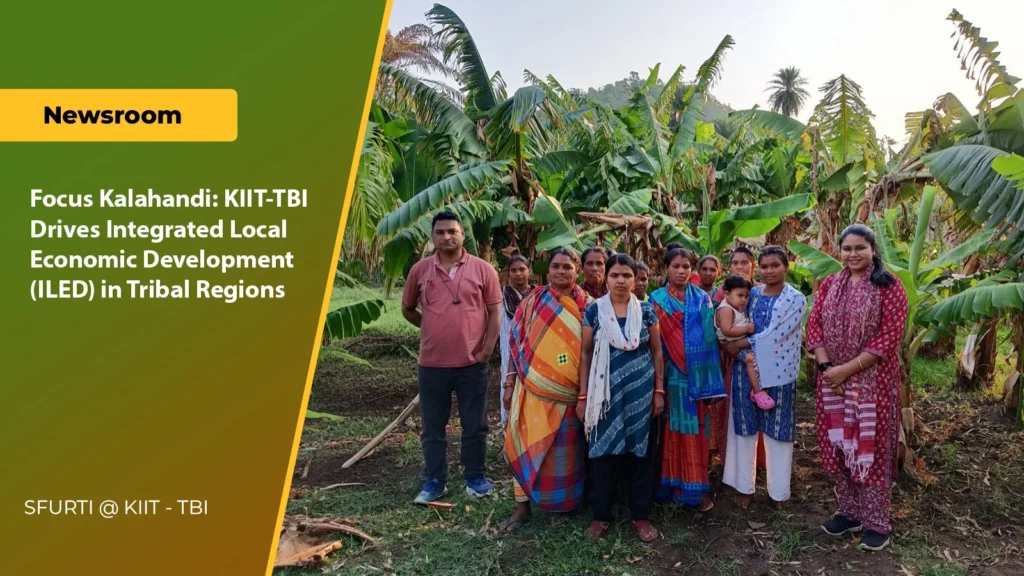To explore sustainable livelihood opportunities and assess the feasibility of implementing an Integrated Local Economic Development (ILED) model, a team from KIIT-TBI recently conducted an extensive field survey across the tribal-dominated regions of Kalahandi district, from May 2 to May 5, 2025. The visit aimed to explore the possibility of the enterprise-based development model and integration of other development possibilities – goatery, backyard poultry, nursery, local artisan- based activities, rural tourism, etc – to bring out holistic development of the area. The initiative also sought to understand the readiness of tribal communities to embrace the Integrated Local Economic Development model.
Mr. Debashis Tripathy (Senior Manager) and Ms. Nibedita Khatua (Project Associate), KIIT-TBI, with field facilitation by the local resource person of the respective areas, covered a wide range of villages across Lanjigarh, Thuamul Rampur Block and the periphery of Indravati Reservoir. The team engaged in ground-level interactions with tribal households, Self-Help Group (SHG) members, and other stakeholders to assess existing livelihood practices and opportunities for rural enterprise development.
In Lanjigarh block, villages such as Paji Pata, Buduguda, Mushanal, and Kumudapadar were surveyed. The population here is largely tribal, and the team observed a pattern of male outmigration for wage labour, leaving women to manage both domestic and livelihood responsibilities.
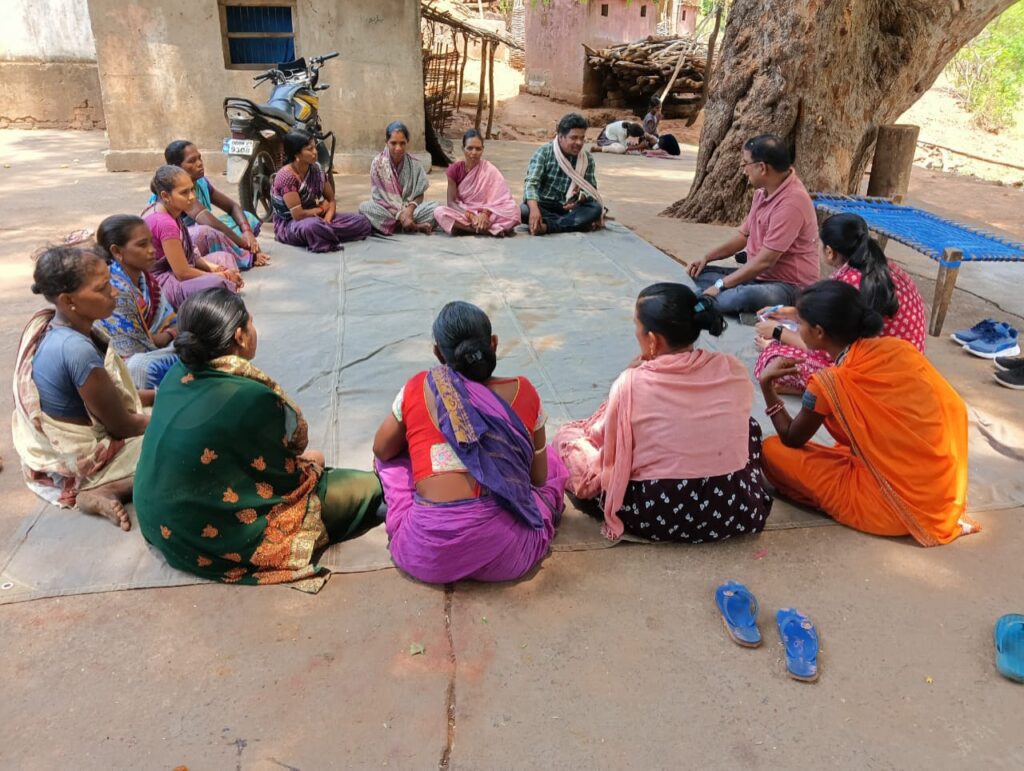
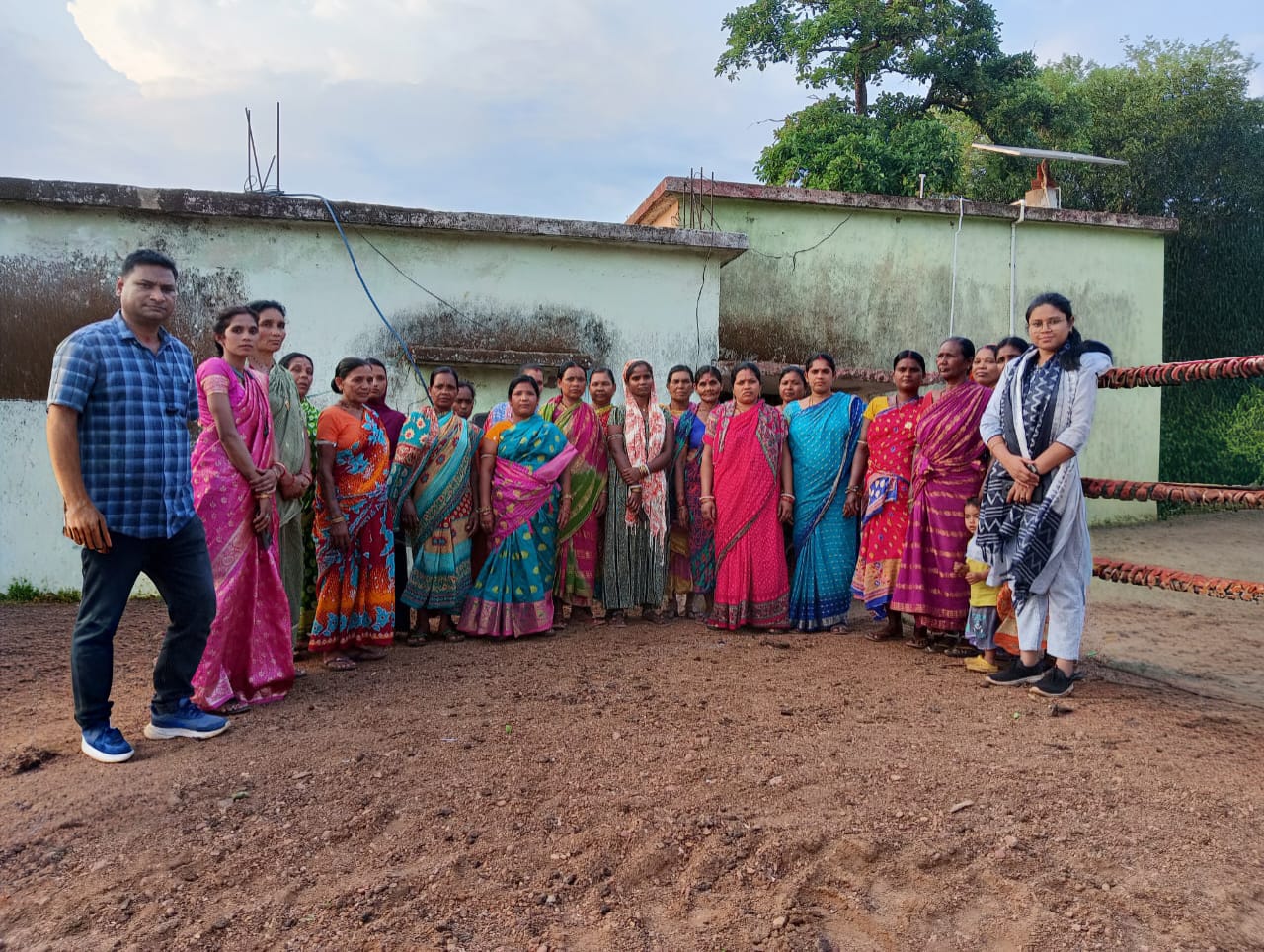
Goat and poultry rearing emerged as common practices amongst women, although they remain largely unstructured and subsistence-oriented. The mortality of livestock, due to a lack of adequate veterinary services, emerged as a major concern. While SHGs were present in most of the villages, they often functioned without a cooperative framework or unified direction. In Kumudapadar, cashew cultivation was observed to be emerging as a promising livelihood activity. Cultural beliefs around livestock—especially the sacrificing of goats and hens for rituals—often restrict commercial perspectives. Despite these challenges, positive efforts such as mushroom cultivation and awareness drives on goat health, initiated by DAPTA in collaboration with Reliance Foundation, offered a glimpse of the community and its potential for adoption of better practices.
The visit to Indravati Reservoir brought attention to villages like Kenduguda, Sanchattarang, Pakijal, Padepadar, Benakhamar, Mahulpatna, and Adri, located near the periphery of Indravati Reservoir. In Sanchattarang, seasonal fishing serves as a vital income source, with significant yields and strong local demand organised through cage fishing in the reservoir. The natural setting of the area, surrounded by hills and water bodies, offers a compelling case for eco-tourism development. Mahulpatna, stood out for its entrepreneurial SHGs that are actively engaged in coffee nursery Management and small-scale fisheries. The nursery, which currently produces around 70,000 saplings, is poised for further scaling. SHG members expressed enthusiasm for expansion and mentioned their access to institutional loans. Additionally, the area showed potential for promoting goatery and poultry, as well as integrating solar-powered transport systems, equipped with a cooling solution for Agri-produce.
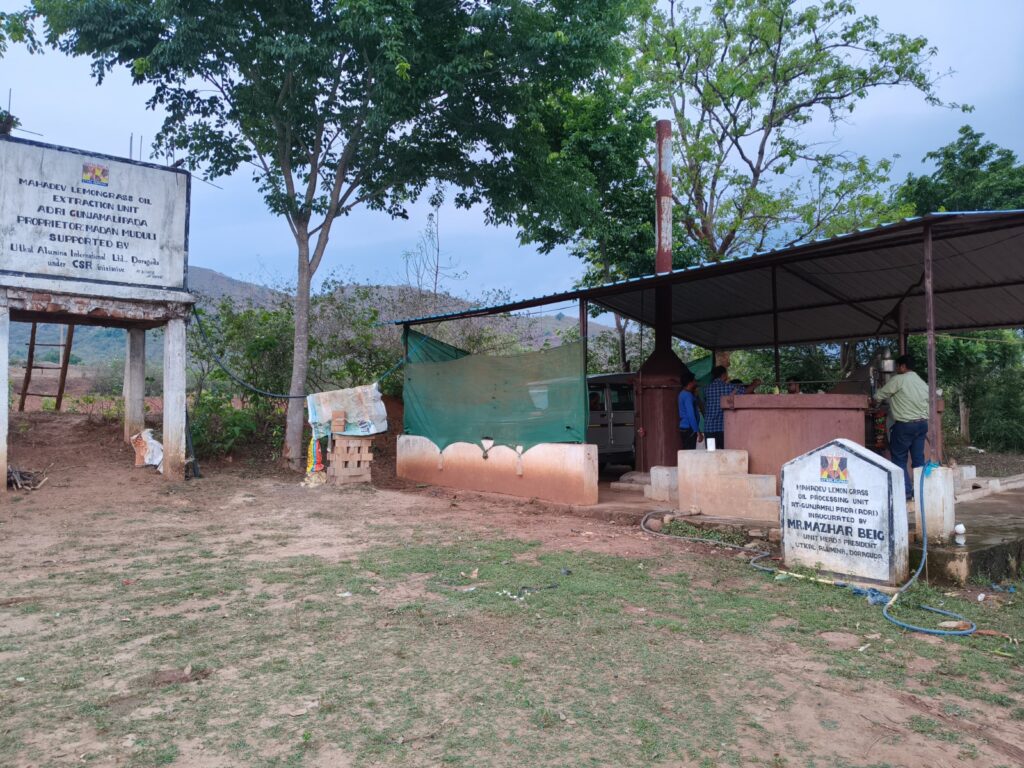
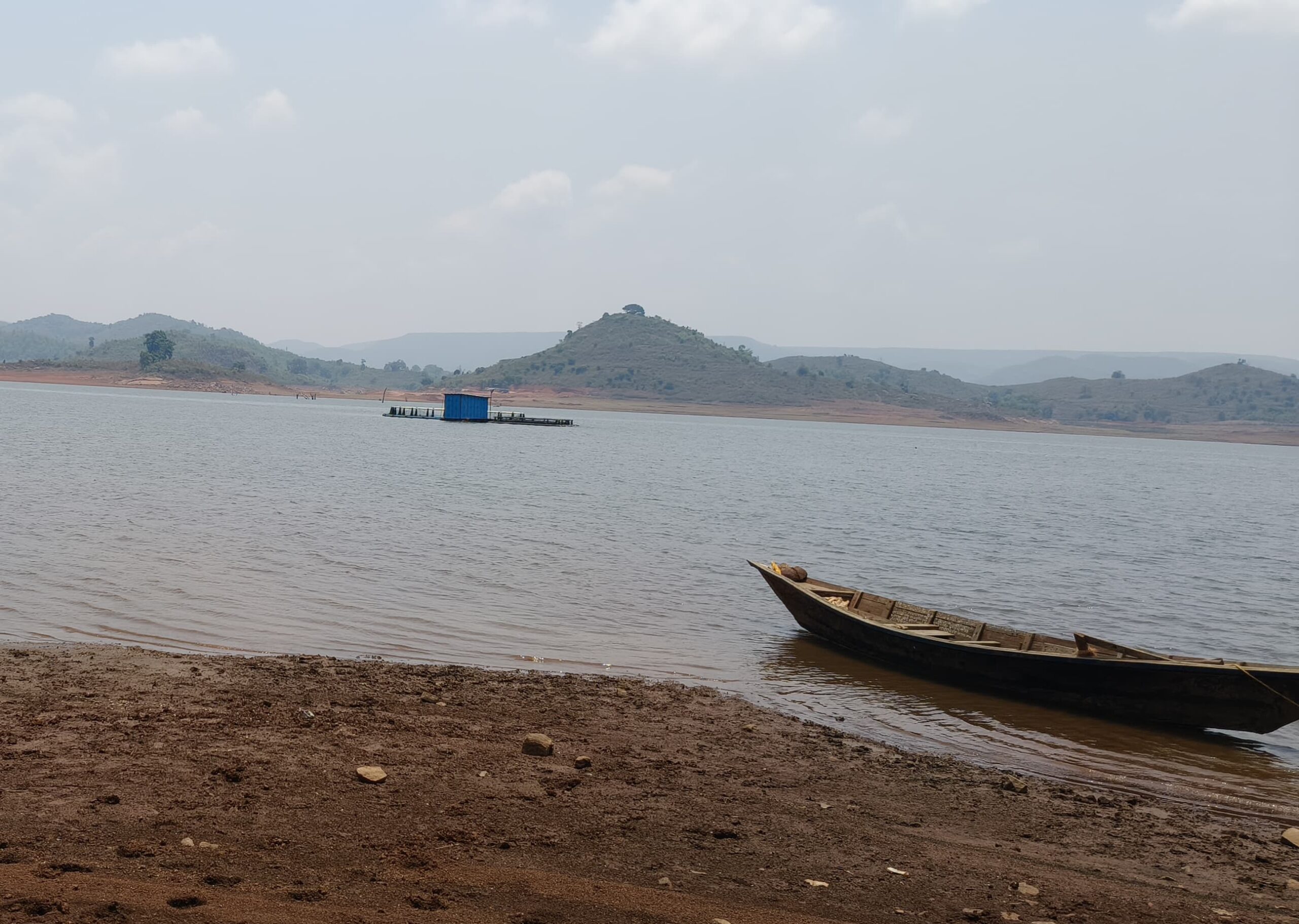
In Adri, a vibrant Self-Help Group (SHG) ecosystem was once observed, with women previously engaged in poultry farming, rice milling, handling the Mid-Day Meal Programme for schools and Anganwadi centres, agarbatti making, and value-added cashew and millet trading.
However, all these activities came to a halt due to various local challenges and the dysfunctionality of the production units. Additionally, a lemongrass oil extraction unit had been established with the financial support from the CSR wing of Utkal Alumina, Aditya Birla Group, but it became non- functional following the discontinuation of lemongrass cultivation in the area, resulting in a permanent halt in the effort, causing ineffective utilization of the initial establishment costs. In response to this scenario, the visiting team proposed repurposing the existing distillation unit to process eucalyptus leaves, as the distillation mechanism for lemongrass and eucalyptus is similar.
Moreover, eucalyptus is already being cultivated on a large scale in the region, presenting a practical and scalable alternative for value-added processing. The final visit included remote villages of the Thuamul Rampur block like Balisara, Gunpur, and Pannbhatta. Balisara is known for its skilled artisans specializing in terracotta crafts, with many households benefiting from initiatives by ORMAS and DRDA. Despite the availability of modern equipment, artisans continue to favour traditional manual pottery techniques to maintain the traditional quality. These products are marketed weekly in Bhawanipatna, as well as through orders from nearby locations. Additionally, artisans independently sell their creations at events such as Bhubaneswar Soil Craft Fair. In Gunpur, the team found strong community interest in developing siali leaf processing units, backed by the availability of local raw material. Livelihoods in the village otherwise depend heavily on the cultivation of paddy, corn, finger millet, fenugreek; NTFP collection, and seasonal wage labour.
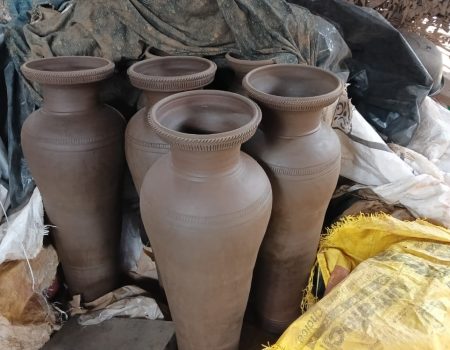
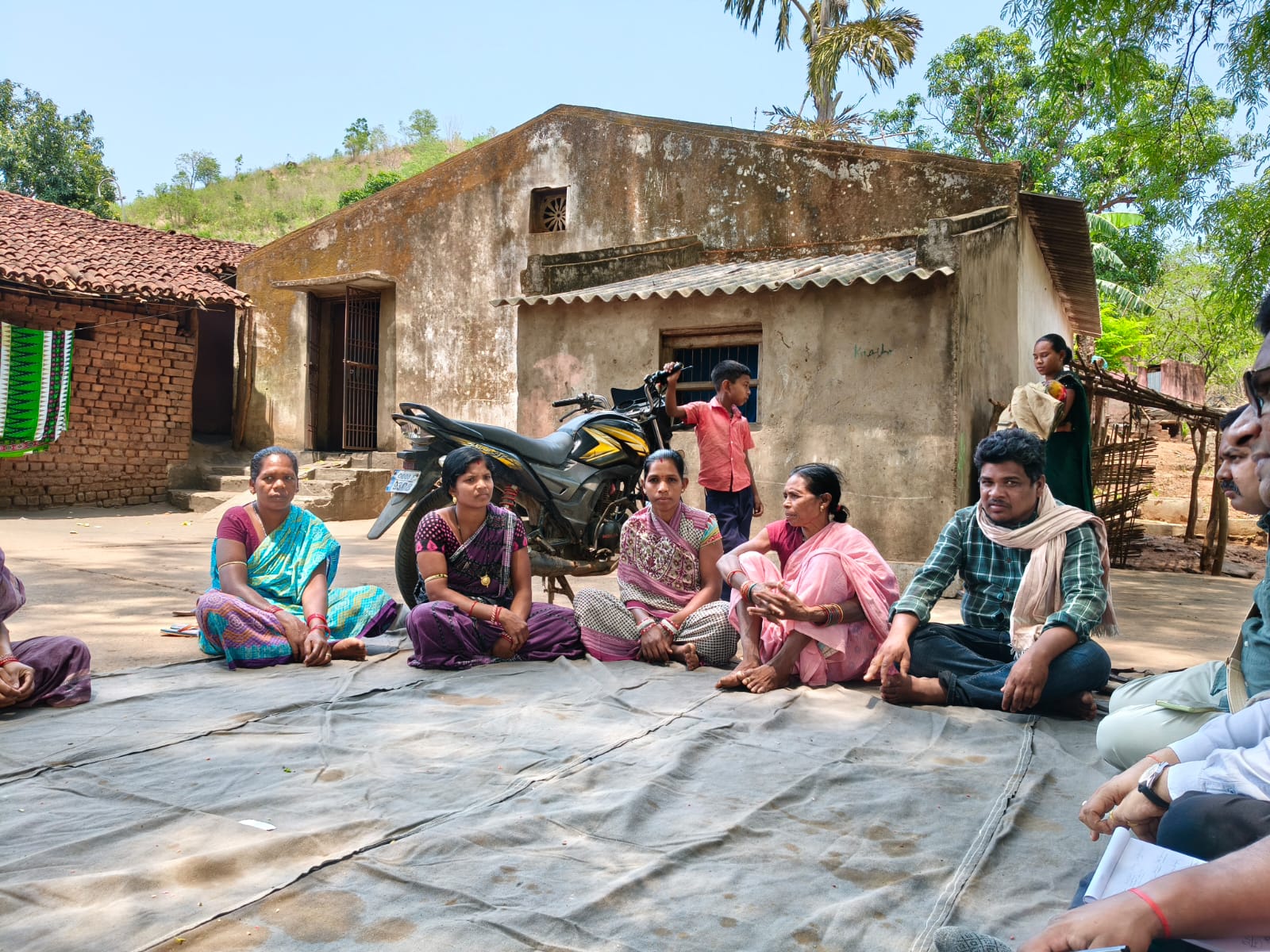
Pannbhatta offered further insights into integrated farming systems, with households engaged in paddy and finger millet farming, along with livestock rearing. Despite existing support from the veterinary department, high mortality rates in cattle and poultry remain problematic. The community expressed interest in diversifying into vermicomposting, dairy aggregation, and siali leaf plate production.
Eco-tourism is a distinct possibility in the areas surveyed, ranging from small-scale to reasonably large-scale set-ups, with natural and cultural sites like Phurlijharan Waterfall, Karlapat Wildlife Sanctuary, Hello Point, the Indravati Reservoir, and the revered Maa Manikeswari Temple. The insights gained from this visit will help build a strong and practical model for tribal enterprise-led rural development in Kalahandi.
These learnings will guide future actions under the ILED framework by showing what works well on the ground. This will help in planning better projects that support tribal communities, create jobs, and sustainably improve livelihoods.
In continuation with their earlier visit to Udala, this endeavour in Kalahandi has provided the team with a strong background on the tribal practices, their strengths, local resource utilisation strategy, gaps for intervention etc. Taking all these ground factors into account, KIIT-TBI team is now well positioned to formulate an integrated Local Economic Development (ILED) model for the tribal dominated regions. The ILED intervention will shape future projects focused on sustainable livelihoods, employment generation, and community empowerment and the success of this model is set to inspire its adoption in other tribal and backwards regions across Odisha and India.
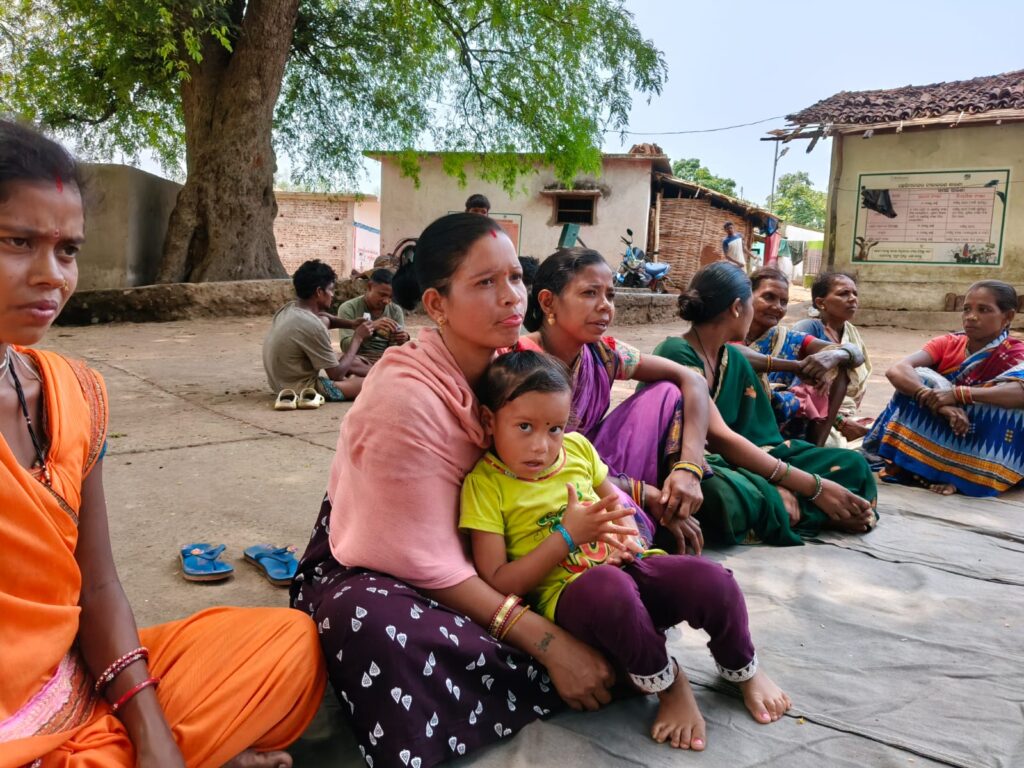
Glimpses
